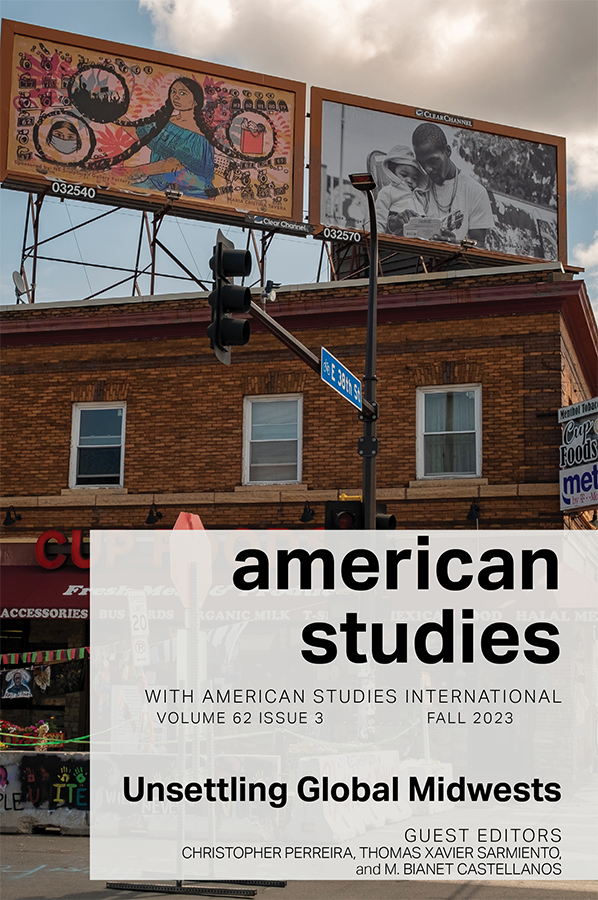Resumen
Manifestations of anti-Asian racism in the COVID-19 era invokes images of random physical brutalities directed toward Asians and Asian Americans. However, understanding anti-Asian racism purely as random acts of violence and the labeling of anti-Asian racism as “hate crimes” obscures other formations of violence against Asian Americans and it enables the state to conceptualize a narrow definition of “violence” that elides other manifestations of hate, inequality, and discrimination against Asian Americans both historically and contemporarily. This article examines anti-Hmong racism in Wisconsin to understand the everchanging appearance of anti-Asian racism to argue that the Midwest, and Wisconsin more precisely, offers an interesting case study about colorblindness as a form of anti-Asian racism and ongoing violence against Asian Americans. This article examines a 60 Minutes episode from 1994, the 2004 Hmong hunter incident in northern Wisconsin, and an event related to passing a community declaration in 2021, to demonstrate that colorblindness operates as the prevailing racial ideology in Wisconsin to mask Hmong’s experiences of racism.
All items © Mid-America American Studies Association
Authors: If you prefer to remove your text(s) from this database please contact the editor.

